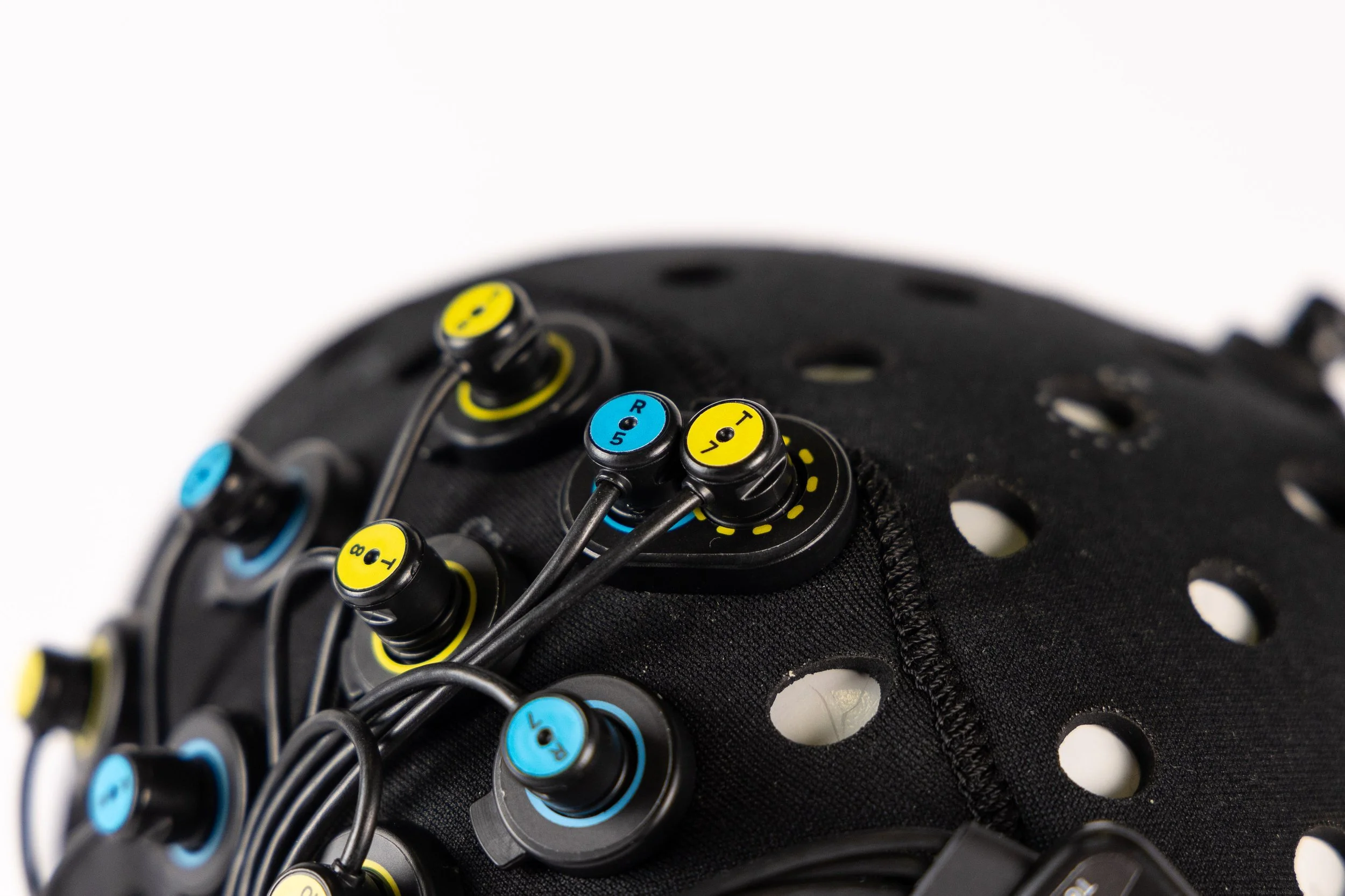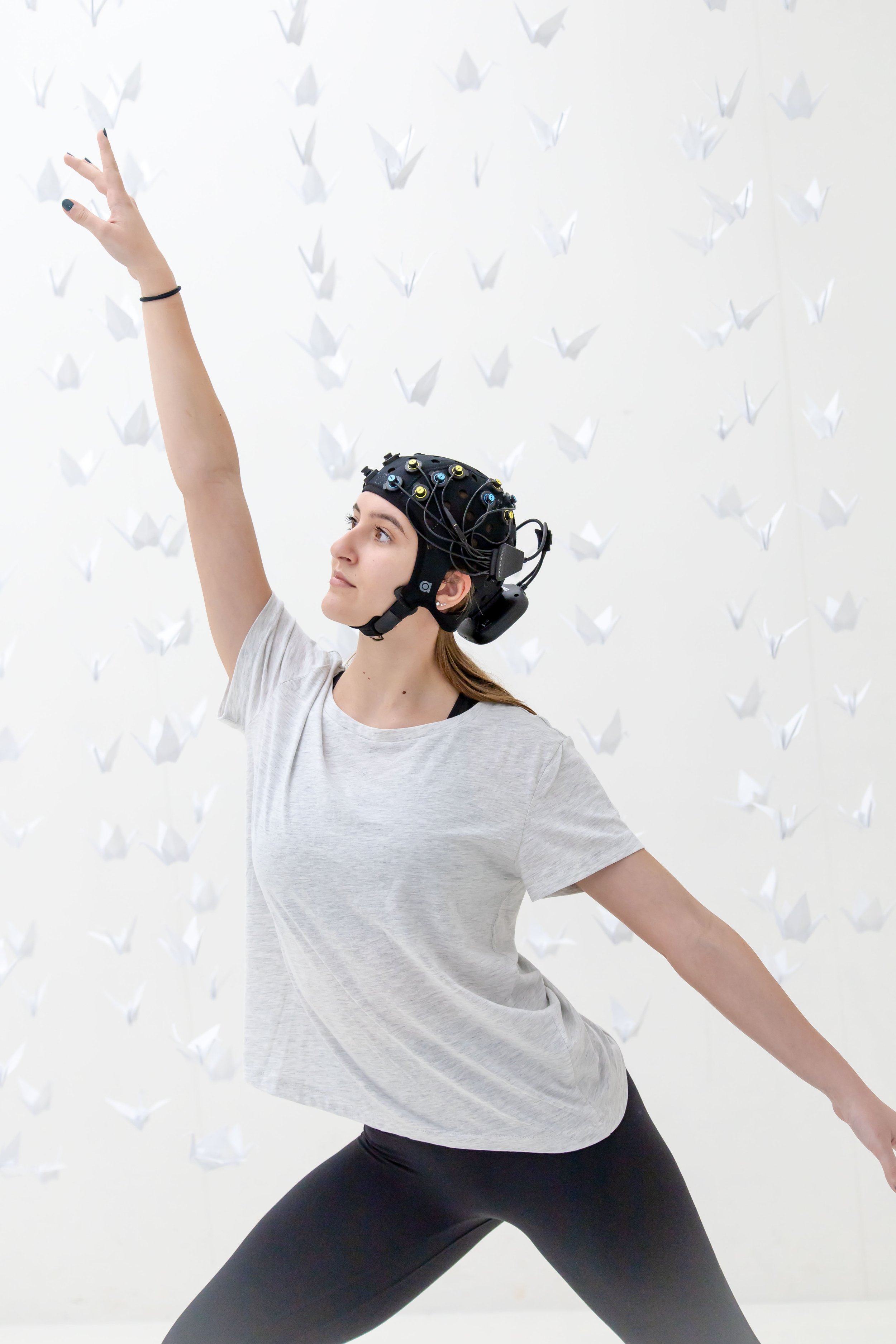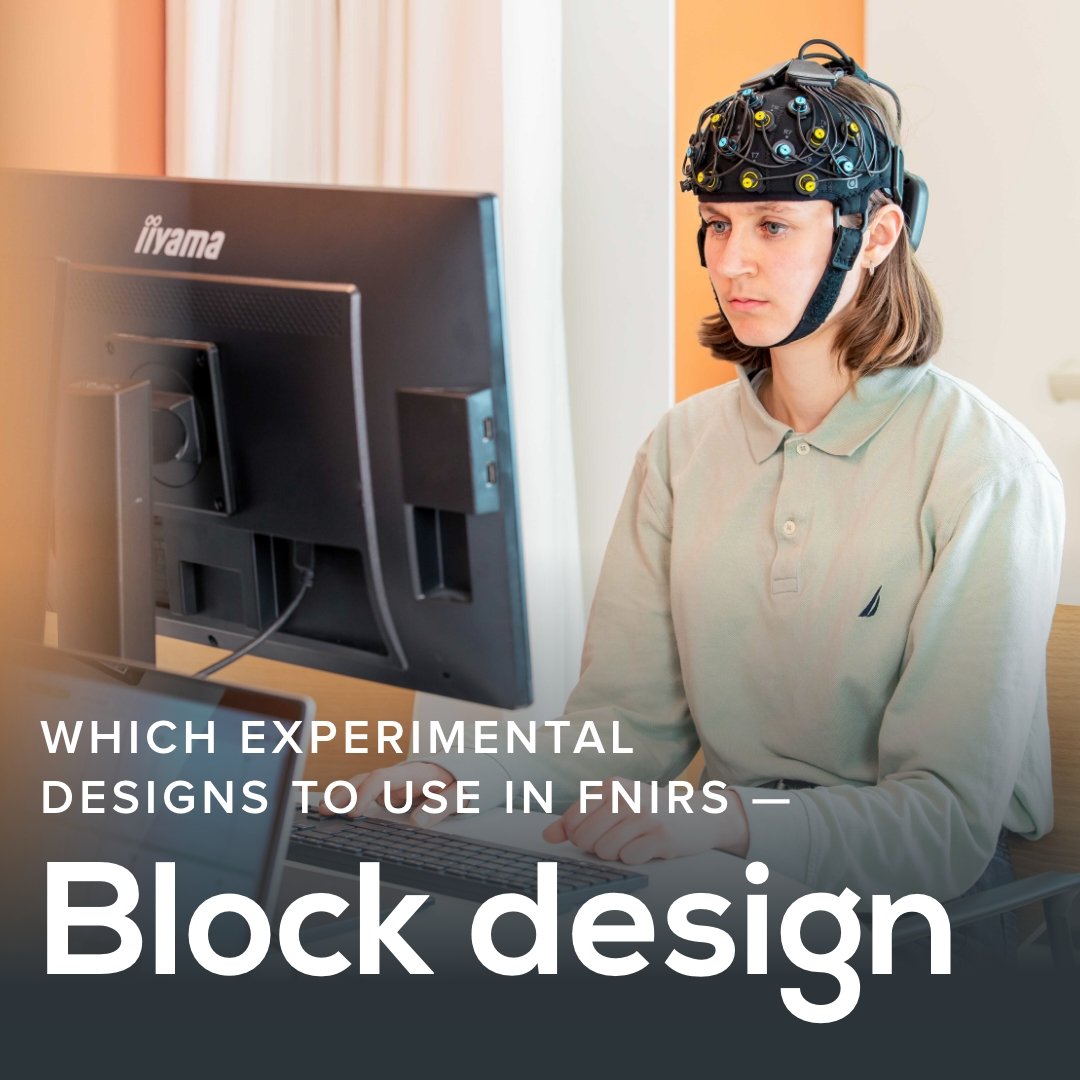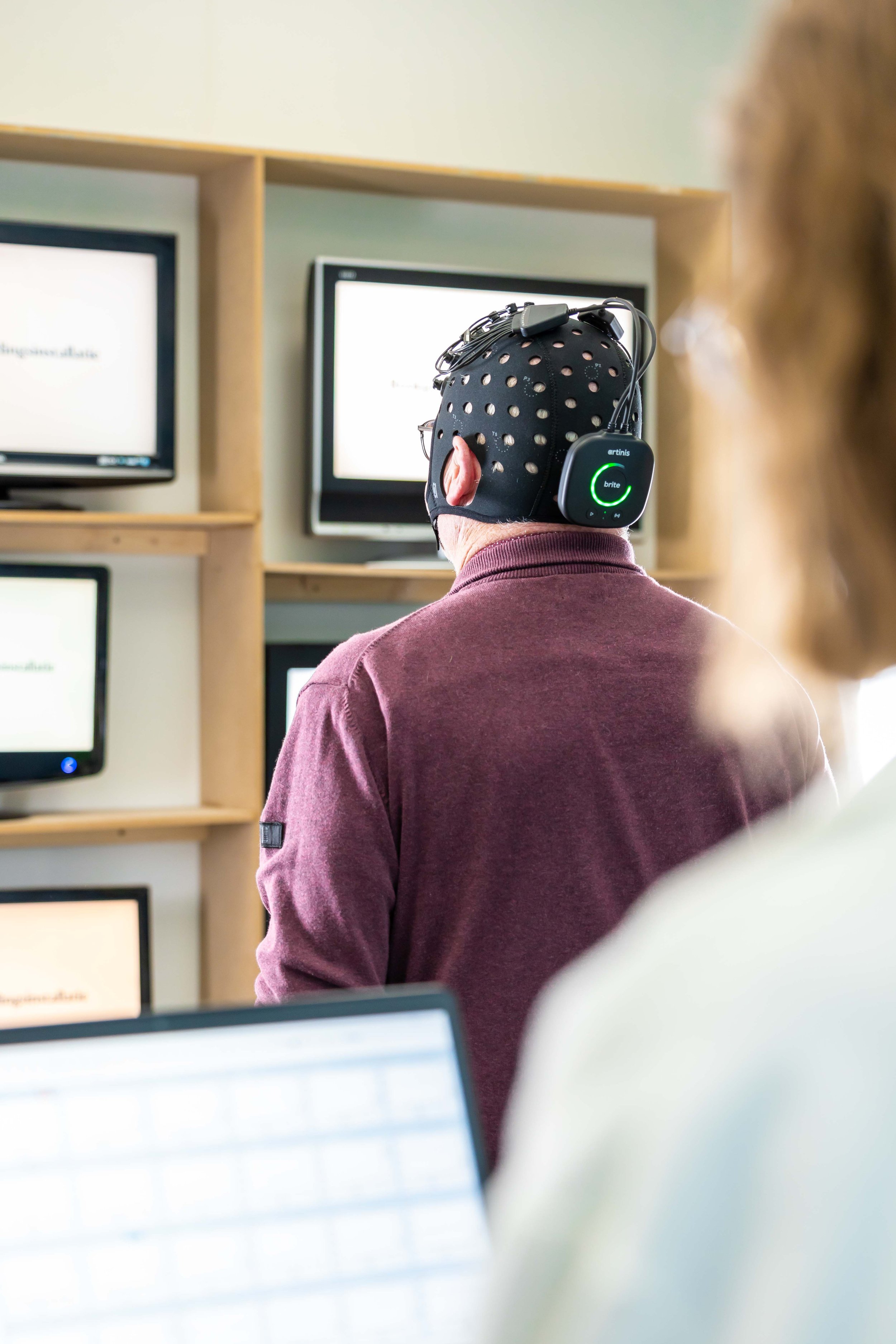Motion artefacts in (f)NIRS — How to address them
— Author: Thijs van Aalten —
In the first two posts of our blogpost series about motion artefacts, we explained what motion artefacts are and how to detect them. Once motion artefacts are detected, you will face the decision of how best to manage them to preserve the validity of their data. The choice depends on the extent and nature of the artefacts, the research question, and the amount of available data. Several methods to correct motion artefacts and their advantages and disadvantages are presented in this blogpost.
Trial Rejection
One of the most straightforward approaches is to remove entire trials or time windows that are contaminated by artefacts. This can be done for all channels or limited to artefactual channels.
Pros: Ensures that only clean data are used for analysis, reducing the risk of misinterpreting artefactual fluctuations as neural activity.
Cons: This leads to a reduction in usable data, which may compromise statistical power or necessitate larger sample sizes. In designs with limited trial counts, this can be especially problematic.
Motion Artefact Correction
When data preservation is essential, correction techniques can be employed to recover affected segments. A disadvantage is that these methods involve assumptions that, if violated, may introduce new biases or distort true neural signals. Therefore, careful validation is recommended. Some of the most commonly used methods in fNIRS are listed below.
Spline Interpolation:
Interpolates across short artefactual segments to estimate missing or corrupted values [1].
Pros: Spline interpolation is an efficient algorithm, resulting in fast computation times. Parameters can be optimized manually depending on the data. Also, it corrects only data from artefactual segments, the remaining data stays intact.
Cons: Different parameters may be optimal for different subjects or measurements, causing labor-intensive time to optimize parameters. It is also highly dependent on the accuracy of the motion artefact detection method.
Principal Component Analysis (PCA):
Identifies and removes principal components associated with artefactual patterns [2].
Pros: Works well if motion is the main source of the signal. Detection and correction are done with one algorithm.
Cons: PCA applies a global correction, so artefacts that are affecting e.g. only one channel may not be corrected. Furthermore, the signal from the neural activity is often also reduced.
Figure 1: Example of data with a motion artefact a) before correction, b) after Spline motion artefact correction and c) after Wavelet motion artefact correction
Wavelet Filtering:
Separate physiological from non-physiological components by decomposing the signal into multiple scales. Artefacts are identified and removed based on statistical criteria [3].
Pros: Frequency content (e.g. heartbeat) is maintained. Detection and correction are done with one algorithm.
Cons: Computation time is relatively slow. Signal offsets are not always corrected. Not only artefactual segments but the whole dataset may be affected, increasing the risk of correcting non-artefactual data.
Figure 1 shows how Spline and Wavelet algorithms can correct a motion artefact.
Short Separation Channel Regression
Motion artefacts are usually also present in superficial tissue. Short separation channels (SSC) can be used to measure superficial signals, which can then be regressed out from normal channels to isolate cortical activity. This effectively removes extracerebral artefacts, including motion artefacts. More information can be found in this blogpost where you can download our whitepaper about SSC. Several of our devices can include short separation channels, including the Brite, Brite Lite, PortaLite and PortaMon.
Conclusion
Motion artefacts pose a significant challenge in fNIRS research, but with proper prevention, detection, and correction strategies, their impact can be greatly mitigated. Combining multiple approaches can enhance data quality. As fNIRS technology advances, the continued development of robust artefact management techniques will be essential for accurate and reliable neuroimaging.
References / Suggested literature[1] Huang, R., Hong, K.-S., Yang, D., & Huang, G. (2022). Motion artifacts removal and evaluation techniques for functional near-infrared spectroscopy signals: A review. Frontiers in Neuroscience, 16, 878750. https://doi.org/10.3389/fnins.2022.878750
[2] Scholkmann, F., Spichtig, S., Muehlemann, T., & Wolf, M. (2010). How to detect and reduce movement artifacts in near-infrared imaging using moving standard deviation and spline interpolation. Physiological Measurement, 31(5), 649–662. https://doi.org/10.1088/0967-3334/31/5/004
[3] Zhang, Y., Brooks, D. H., Franceschini, M. A., & Boas, D. A. (2005). Eigenvector-based spatial filtering for reduction of physiological interference in diffuse optical imaging. Journal of Biomedical Optics, 10(1), 011014. https://doi.org/10.1117/1.1852552
[4] Molavi, B., & Dumont, G. A. (2012). Wavelet-based motion artifact removal for functional near-infrared spectroscopy. Physiological Measurement, 33(2), 259–270. https://doi.org/10.1088/0967-3334/33/2/259
Do you have any questions regarding motion artefacts or how to regress them? Then feel free to reach out at askforinfo@artinis.com.










Movement is one of the most common causes for artefacts in neuroimaging tool such as fNIRS. Once motion artefacts are detected, it is important to decide on how to address them to preserve data validity. In this third blogpost of our motion artefact series, we present different methods to correct for motion artefacts and their advantages and disadvantages.